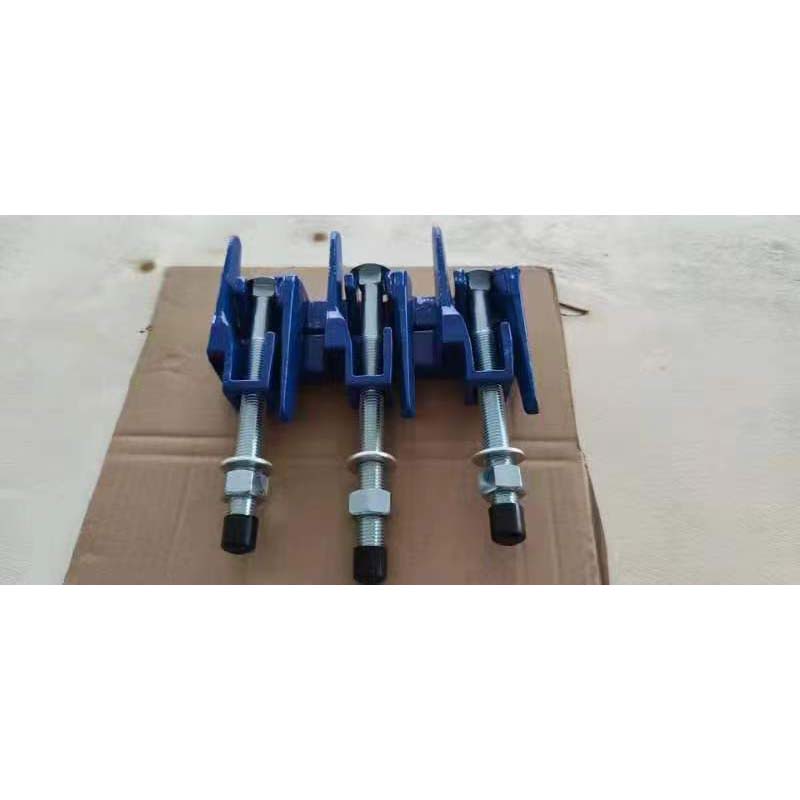electric operated butterfly valve
Electric Operated Butterfly Valve An Overview
In modern industrial applications, the need for efficient and reliable control systems has led to the widespread adoption of electric operated butterfly valves. These devices are integral to various processes, particularly in the fields of water treatment, chemical production, and HVAC systems. This article aims to provide a comprehensive overview of electric operated butterfly valves, their design, operation, advantages, and applications.
What is a Butterfly Valve?
A butterfly valve is a type of quarter-turn valve that utilizes a rotating disc to regulate the flow of fluid through a pipe. The disc is mounted on a shaft, which allows it to pivot in such a way that it can either allow or restrict flow. The design is relatively simple, featuring a circular body and a disc that resembles a butterfly’s wings, thus giving the valve its name. The mechanism's efficiency and compact design make it ideal for applications requiring quick and precise flow control.
Electric Actuation
Electric operated butterfly valves are equipped with an electric actuator that enables automated operation. This actuator converts electric energy into mechanical motion, allowing for the precise opening and closing of the valve. The actuators can be controlled by a variety of signals—such as manual switches, remote control systems, or basic process control systems—making them versatile and adaptable to varying operational demands.
Key Components
1. Valve Body The primary structure that houses the disc and facilitates fluid flow. It is typically made from materials such as stainless steel, cast iron, or plastic, depending on the application and the nature of the fluid being handled.
2. Disc The rotating element that either allows or restricts flow. The design of the disc is crucial to the valve's performance and efficiency.
3. Shaft Connects the disc to the actuator. It transmits the rotational movement required to open or close the valve.
4. Electric Actuator The brain of the electric operated butterfly valve, it can be configured for various control strategies, including on/off control or modulating control, depending on the application’s requirements.
5. Position Sensors Many systems include feedback mechanisms that provide information on the valve's position, ensuring accurate control and monitoring.
Advantages of Electric Operated Butterfly Valves
electric operated butterfly valve

1. Efficiency The electric actuation system quickly responds to control signals, allowing for rapid adjustments in flow control. This enhances overall process efficiency.
2. Precision Electric actuators offer high positioning accuracy, which is crucial for processes requiring tight flow regulation.
3. Automation These valves can easily integrate into automated systems, reducing the need for manual intervention and enhancing operational safety.
4. Energy Savings The compact design of butterfly valves combined with electric actuators often results in lower energy consumption compared to pneumatic systems.
5. Low Maintenance Electric operated butterfly valves have fewer moving parts compared to other valve types, leading to reduced maintenance requirements and prolonged service life.
Applications
Electric operated butterfly valves find applications across a diverse range of industries
- Water Treatment Used for controlling the flow of water in treatment facilities, ensuring efficient processing and distribution.
- Chemical Processing Ideal for regulating the flow of various chemicals in safe and controlled environments.
- HVAC Systems Employed in heating, ventilation, and air conditioning systems to control airflow and maintain desired temperature settings.
- Food and Beverage Industry Used for its clean design and reliability in processing fluids while complying with strict hygiene standards.
Conclusion
Electric operated butterfly valves represent a blend of innovation and practicality in fluid control systems. With their ability to provide efficient, accurate, and automated flow regulation, they have become essential components in various industrial applications. As industries continue to seek automation and efficiency, the adoption of electric operated butterfly valves is expected to rise, further solidifying their role in modern engineering solutions. Understanding their functionality and advantages is crucial for engineers and decision-makers aiming to enhance system performance and reliability in their operations.
-
The Smarter Choice for Pedestrian AreasNewsJun.30,2025
-
The Gold Standard in Round Drain CoversNewsJun.30,2025
-
The Gold Standard in Manhole Cover SystemsNewsJun.30,2025
-
Superior Drainage Solutions with Premium Gully GratesNewsJun.30,2025
-
Superior Drainage Solutions for Global InfrastructureNewsJun.30,2025
-
Square Manhole Solutions for Modern InfrastructureNewsJun.30,2025
-
Premium Manhole Covers for Modern InfrastructureNewsJun.30,2025
